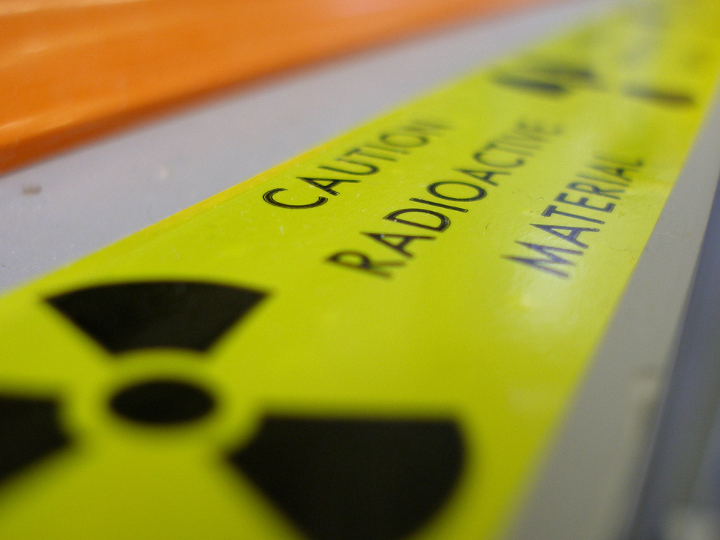
Immobilizing nuclear waste in glass logs – a process known as vitrification – is currently used in the United States to safeguard waste from sites associated with defense activities. Some other countries also use the process to capture waste from nuclear power plants.
Researchers know, however, that the glass can begin to dissolve after a long period of time, and the durability of these glass logs remains an active area of research.
Researchers from the University of Houston, the Department of Energy’s Pacific Northwest National Laboratory and the University of Pittsburgh are working on one of the most pressing issues – what causes the glass to begin to deteriorate relatively quickly at some point, potentially releasing radioactive waste at levels exceeding regulatory thresholds?
Over time, zeolite crystals start to form in the glass, facilitating faster dissolution, said Jeffrey Rimer, Abraham E. Dukler Professor of chemical and biomolecular engineering and principal investigator on an $800,000 grant from the Department of Energy to study the problem.
“We are looking more closely at the early stage of zeolite formation and thinking about ways to slow or completely impede the process,” Rimer said. That should lead to new ways of designing the glass materials to improve safety. Rimer’s collaborators include James Neeway, Jarrod Crum and Radha Motkuri of PNNL and Giannis Mpourmpakis of the University of Pittsburgh.
Researchers know the type of zeolite involved – one of two polymorphs of the small-pore zeolite P. Several years ago Rimer and Motkuri collaborated on a zeolite synthesis project involving these crystals, reporting their discoveries about the polymorphs, named P1 and P2. The more thermally-stable polymorph P2 is the crystal involved in the dissolution of nuclear waste glass.
Rimer has worked with zeolites throughout his career, with applications ranging from ion exchange to petrochemical manufacturing. This DOE project involves a new twist, investigating how to prevent zeolites from forming rather than developing new ways to produce them.
The project has both experimental and computational aspects; Rimer’s lab will handle the experimental tasks involving zeolite formation, while researchers at PNNL will work on the experimental aspect of glass dissolution.
“We have long observed from laboratory studies that zeolite formation in glass corrosion tests resulted in an increase in the glass corrosion rate,” said Neeway, a researcher at PNNL. “With the expertise of Dr. Rimer, we hope to understand why zeolites lead to an increase in glass alteration rates and why only certain zeolites cause changes, with the long-term goal of preventing their formation.”
Mpourmpakis, an expert on simulations of materials growth and catalytic reactions, will conduct computational studies of zeolite nucleation at the Center for Research Computing at the University of Pittsburgh. “We are very excited to be part of this excellent team of researchers and try to find ways for safer storage of nuclear waste,” said Mpourmpakis, the Bicentennial Alumni Faculty Fellow and assistant professor of chemical and petroleum engineering.
Zeolite P, the zeolite that forms from the glass, is affected by temperature – Rimer said researchers synthesize it in the lab at 100 °C – but they don’t yet know how crystallization proceeds at lower temperatures and they don’t have methods to deter its formation. But controlling temperatures in the geologic formations designated as nuclear waste repositories is not necessarily practical, thus researchers are looking for other factors that might affect crystal growth, including components of the glass.
Photo credit: Flickr (CC BY 2.0)